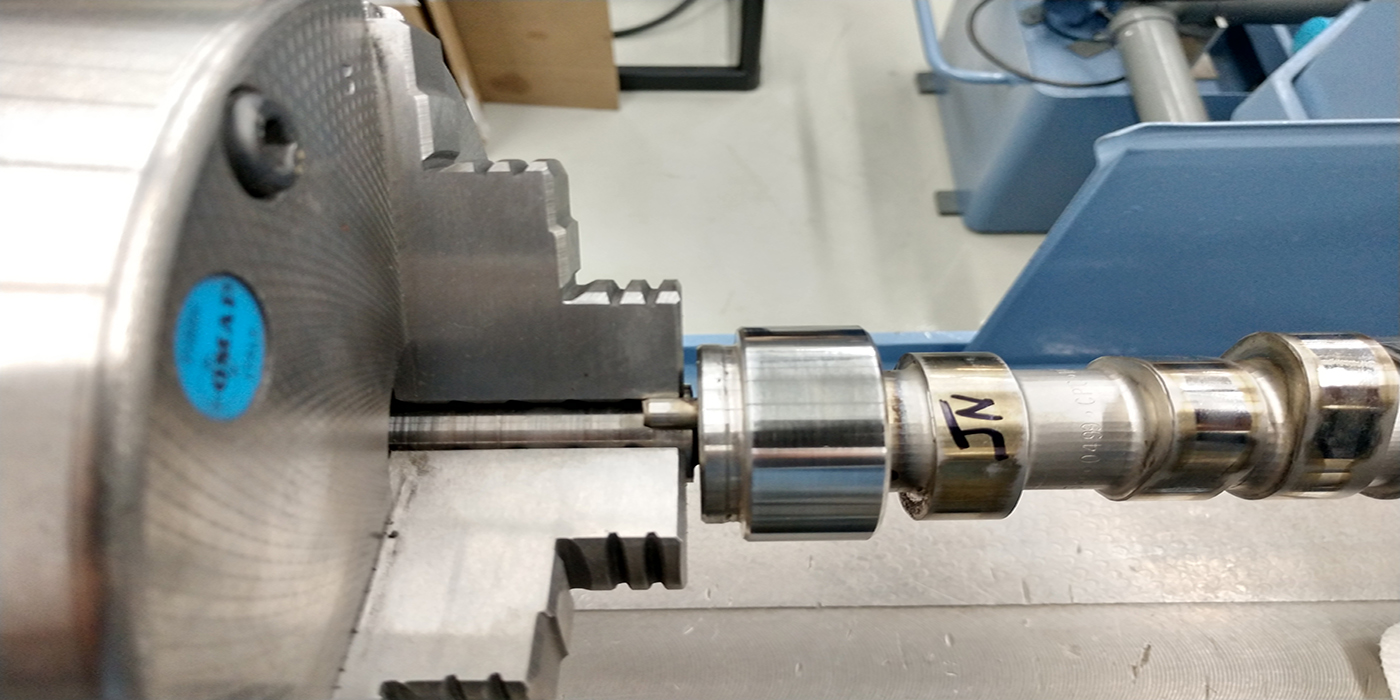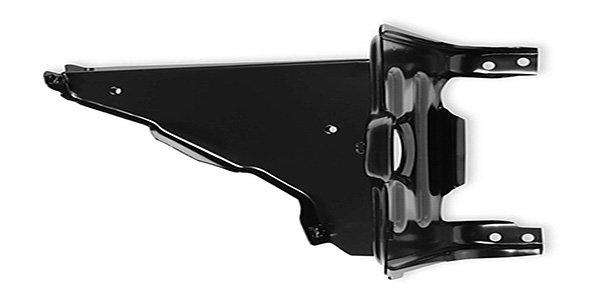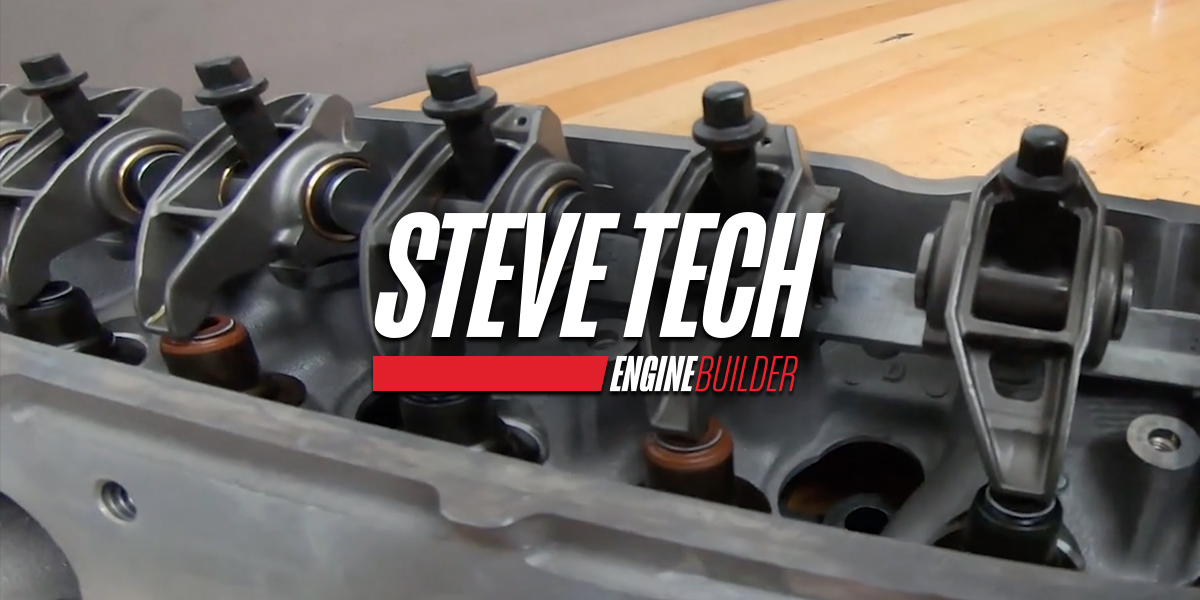Anyone who’s in the engine rebuilding business today knows that to be profitable your shop has to be productive. Whether you’re a production engine rebuilder or a small custom engine shop, the rules are the same. If your shop can produce quality work quickly and efficiently, you’ll make more money than competitors who can’t.
Upgrading existing equipment or adding new equipment that is faster, easier to use and requires less operator input is one way to boost productivity. But new equipment by itself doesn’t always mean you’ll achieve maximum work throughput and productivity. Why? Because where the equipment is placed within your shop may limit its potential.
When an engine enters your shop, it progresses through a logical sequence of operations starting with disassembly, cleaning and inspection, and ending with final assembly, final inspection and preparation prior to customer pickup or delivery.
In between are all the various machining operations that must be performed to repair or recondition the various components. How the work flows from one step to the next is just as important as the machining operations themselves because shop labor is your single greatest operating expense.
It’s been said that saving machinists 100 steps a day can make them up to 15% more efficient. Whether this is true or not depends on how your equipment is arranged within your shop. If heavy engine parts have to be manhandled from one side of the shop to the other between operations, a lot of time can be wasted backtracking and jockeying parts back and forth.
“An efficient shop layout that minimizes handling between work stations or departments can boost overall productivity 10-20% percent,” says one major equipment supplier. Ideally, the equipment within your shop should be arranged so the highest volume work flows the most efficiently.
The less used equipment should be located out of the way so it doesn’t interfere with the primary shop operations. By optimizing your layout to minimize excess handling between steps, you will, in turn, maximize shop throughput and help your operation become more productive and profitable.
The best time to do this is when a new shop is being opened or an existing shop is being expanded or relocated. You start with a clean sheet of paper and can usually place things where you want them to optimize workflow. But even if your shop is in the same physical location it has been in for the past 20 years, it may well be worth your while to review how your shop layout is organized.
Like many shops, you’ve probably replaced some of your equipment over the years, plus added new equipment. In many instances, you may have had to install a machine where you could find room for it – not necessarily where it was most accessible or fit well into the flow of work through the shop. Such are the realities of life.
Even so, it may be worth your while to re-evaluate your floor plan to see if rearranging some things would eliminate some unnecessary backtracking and handling, or uncork a bottleneck.
Is it worth it?
Is rearranging an existing shop worth the effort and expense? That all depends. Rearranging a shop obviously requires some planning and analysis, as well as a certain degree of downtime and expense. Rearranging your equipment may require repositioning electrical boxes, relocating lights, plumbing, etc., all of which will cost you money.
Some employees may also be reluctant to see any changes in the shop. People get used to doing things a certain way. Although a different arrangement might be better, it may be hard to get your employees to go along with it. So make sure you ask your employees for their input and suggestions regarding any changes you might be considering. After all, they’re the ones who will have to adapt to a new layout, so getting them to "come aboard" is key to the success of any such reorganization.
If you see room for improvement and decide to rearrange some equipment for a more efficient flow of work through the shop, what kind of a payback can you expect to get? Consider the following: If each employee is paid for eight hours of work, a 10% boost in productivity is the equivalent of getting another 48 minutes of "free" labor from each employee.
If your shop’s billable labor rate is $55 per hour, that’s an extra $28 a day in your pocket from each employee. Multiply this times 220 work days a year, and you’re $9,680 richer at year’s end. If you realize a 15% improvement in productivity, your year end profits would be up $14,520 per employee – plus parts.
Keep in mind that increases in productivity not only reduce labor costs, but also allow your employees to do more total work in the same amount of time. This can increase parts sales and add to profitability.
Basic considerations
Whether you’re planning a new shop from scratch, expanding an existing shop or rearranging an existing shop, there are a lot of things that have to be considered. The following should be kept in mind when developing a floor plan:
1) Efficient workflow should be your prime objective when creating a shop layout. The best way to do this is to analyze each type of job that is performed from the time an engine arrives at your shop until it leaves. Be sure to get your employee’s input and ask them to help in identifying and revising operations that can improve work flow.
2) Understand compromises must be made, but make the best of them. Due to space limitations and the variety of services that may be performed in a shop, there’s no such thing as a "perfect" layout. However, equipment should be logically organized into departments, and each department should be arranged to optimize the flow of work from one step to the next. Concentrate on making the highest volume work the most efficient, and the lowest volume work the least efficient.
3) Carefully consider and plan incoming and outgoing work storage areas. Plan plenty of storage space to keep things organized and eliminate clutter. Dirty incoming work should be separated from clean outgoing work by a good distance. Placing work on shelves or benches, not the floor, will help keep everything cleaner while giving the shop a more professional, organized appearance.
Overhead hoists are a must in this area for loading and unloading heavy parts. Engines and other parts that are not being immediately processed should be stored outside of the main work area.
4) When possible, isolate equipment and departments that produce a lot of dirt. The teardown and cleaning area, as well as grinding equipment and brake lathe, should be separate, if possible, to keep the rest of the shop clean and to reduce the risk of contamination.
5) Carefully plan the teardown, cleaning and inspection department. This is one of the most important areas of any shop. If possible, it should be isolated from the rest of the shop without sacrificing accessibility or workflow. Consider installing a hot water heater in this area for efficient rinsing of parts. This will reduce compressed air requirements, noise and drying time. Also, plan for chemical and hazardous waste storage and handling.
6) Consider a convenient wash-up area inside the shop or cleaning and teardown area for employees. This will allow employees to wash-up without having to leave the shop area. It will also help keep the bathroom cleaner.
7) Organize your shop into departments. This will reduce handling and improve workflow. Equipment such as head and block resurfacers, cap grinders, etc., that must be used by more than one department, should be placed so they are easily accessible to all.
8) Pay close attention to the amount of available wall space. Build some dividers if necessary to increase wall space.
9) Plan plenty of work bench space. Keeping work off the floor reduces handling and makes parts easier to work on. Don’t forget to provide bench vises and tool storage where required.
10) Plan utilities carefully. Electrical service must be adequate for your needs, with outlets located in close proximity to your equipment. If you are using thermal cleaning equipment, have your gas company inspect your meter for adequate volume and pressure, and check the gas lines, too. Make sure every workstation in the shop has adequate overhead lighting. Proper illumination is a must for good productivity.
11) Plan plenty of space for tool boxes, trash cans and any fixtures that may be required. These items are essential, but are easily forgotten when creating a floor plan.
12) Leave enough room around equipment for cleaning, maintenance and service work. Pay close attention to machines that require coolant changes.
13) Keep aisles at least three feet wide; four feet or more is even better. This makes it easier to use hand carts and other material handling equipment.
14) Space permitting, plan for a small office or write-up desk for your shop foreman. This will give him a place to take phone calls, look up parts and talk with customers.
15) If possible, restrict access of customers to your shop and employees. Talkative customers can distract employees and interfere with their work.
16) Plan a section of the shop for engine assembly. The clean room should be away from grinding, machining and other messy areas.
17) Plan an efficient material handling system. Overhead hoists are necessary to load and unload heavy components. If a bridge crane system is used to move work within the shop, make sure the overhead rails do not interfere with vent stacks or utilities. Rolling carts are also essential for moving heavy components. Engine stands make engine assembly easier and safer.
18) Place the air compressor carefully. If possible, put it outside to reduce noise – but close to machines requiring high volumes of air to reduce air losses, improve efficiency, lower utility costs and extend the life of the equipment.
19) When possible, plan room for future expansion. You might not need it today, but as your business grows you may wish to add additional capacity or services at some point in the future. Planning ahead now can save money later on.
20) Look closely at how new equipment must be moved into your shop. Use scale drawings to make sure you have adequate door and aisle room for access.
Just remember: a clean, well-equipped and organized shop always makes a good impression. And ignore the jokes your customers may make about how much more you’ll be charging them to cover the cost of your renovation or expansion. By improving your shop’s layout, you’ll actually be keeping costs down – which means better service to your customers. It will be a win-win situation for you, your customers and your employees.



